Academia Neoconfuciana Hapho Seowon (합호서원)
16.4Km 2022-09-20
Wonhapgang 1-gil 262-6, Yeondong-myeon, Sejong
Hapho Seowon es el lugar en el que las tablas de Munseonggong An Hyang, el precursor del confucianismo Sung, de la era Goryeo, están consagradas. El lugar fue construido en 1716 como el santuario Anjabyeolmyo por An Gyeong-sin, An Gyeong-in, An Gyeong-jeong y An Gyeong-sang, quienes fueron los 15º descendientes de An Hyang, y en él se realizaban ceremonias conmemorativas cada año, el 3 de marzo y el 9 de septiembre del calendario lunar. En 1843, el santuario fue renombrado como Hapho Seowon. El santuario fue demolido por orden del regente Daewongun durante el reinado del rey Gojong. Más tarde, los descendientes de An reconstruyeron el santuario en el templo Haphosa para realizar ceremonias en honor de An Hyang. En 1949, la academia neoconfuciana se construyó tras el consentimiento de 218 estudiosos del confucianismo de Corea.
Arboreto Nacional Sejong (국립세종수목원)
16.6Km 2025-08-12
Sumogwon-ro 136, Sejong
Sendero de las Metasecuoyas (메타세콰이어길)
16.6Km 2025-10-23
Cheongnyong-ri 905-1, Uidang-myeon, Gongju-si, Chungcheongnam-do
Parque Jungang de Sejong (세종중앙공원)
16.7Km 2025-10-23
Junganggongwon-ro 60, Sejong
Sala de la Independencia (독립기념관)
16.7Km 2023-08-22
Dongnipginyeomgwan-ro 1, Mokcheon-eup, Dongnam-gu, Cheonan-si, Chungcheongnam-do.
La Sala de la Independencia alberga, preserva, expone e investiga documentos históricos de Corea y reliquias del pasado y el presente del país, enfocándose en movimientos independentistas coreanos durante el período de ocupación japonesa del siglo XX (1910-1945). Este lugar abrió sus puertas en el aniversario del Día de la Liberación (15 de agosto) de 1987, gracias a donaciones de los ciudadanos.
Parque del Cruce de Cheonan (천안삼거리공원)
17.1Km 2021-03-11
Chungjeong-ro 410, Dongnam-gu, Cheonan-si, Chungcheongnam-do.
+82-41-550-2445
El Parque del Cruce de Cheonan (Parque Samgeori de Cheonan) antes era conocido como Cruce Samnamdaero. Los gobernadores de antaño pasaban por esta ruta y los eruditos paraban para descansar. El parque fue construido para conmemorar el Samgeori de Cheonan, famoso por Heungtaryeong (una canción popular coreana que expresa felicidad y buenos sentimientos). Cheonan aspira a convertir esta ruta en una atracción turística y para ello están plantando sauces llorones. El Pabellón Yeongnamru, la puerta de la Casa Hwachukgwan (casa de huéspedes para reyes), se trasladó al lago. En este lugar se celebran diversos eventos culturales, como el Festival Mundial de Danza de Cheonan (Festival Heungtaryeong de Cheonan).
Parque de la Historia y Cultura de Corea (한민족역사문화공원)
17.8Km 2021-07-02
Gyocheonjisan-gil 284-88, Mokcheon-eup, Dongnam-gu, Cheonan-si, Chungcheongnam-do
El Parque de Historia y Cultura de Corea fue creado en 200.000 metros cuadrados de tierra en la ciudad de Cheonan. En el centro del parque hay una estatua de 33 metros de altura del fundador de Corea, Dangun, sosteniendo un globo terráqueo. Es la estatua más grande de este estilo en Corea. A la entrada, se encuentra un monumento de Cheonbugyeong, la Plaza de la Liberación y un manuscrito de Daejonggyo. En la plaza hay más estatuas de los activistas independentistas que sacrificaron sus vidas por la nación.
Centro de Arte BOK (비오케이아트센터)
17.9Km 2023-02-10
Gukchaekyeonguwon 3-ro 12, Sejong
Puente Peatonal Geumgang (금강보행교)
18.2Km 2025-09-16
Boram-dong, Sejong
El puente peatonal Geumgang, un lugar emblemático de la ciudad de Sejong, fue inaugurado en marzo de 2022. Es el primer puente de dos pisos en Corea, y al disponer de un diseño circular a gran escala, proporciona varias áreas para actividades. La parte superior del puente es para peatones con área de descanso e instalaciones de conveniencia, mientras que la parte inferior es un camino exclusivo para bicicletas para aquellos que desean hacer ejercicio y pedalear sin obstáculos.
Baño del Bosque de Pinos del Templo Magoksa (마곡사 천연송림욕장)
18.9Km 2025-10-23
Magoksa-ro, Sagok-myeon, Gongju-si, Chungcheongnam-do
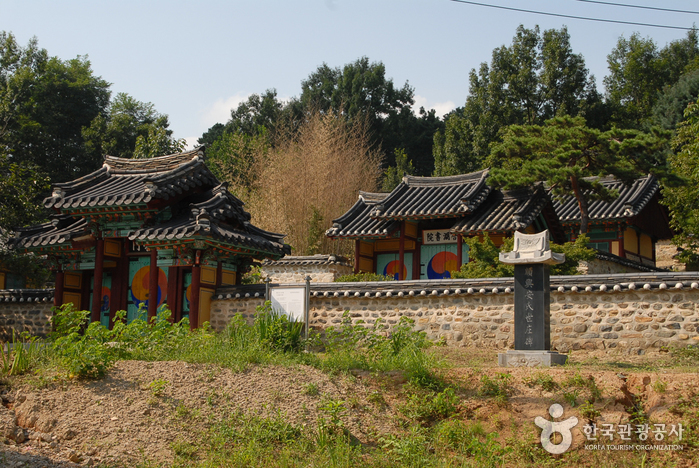
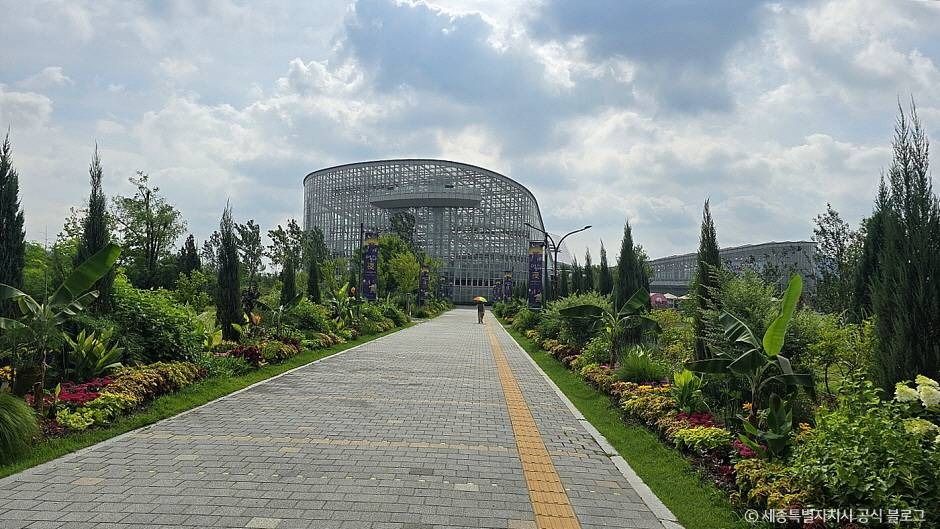
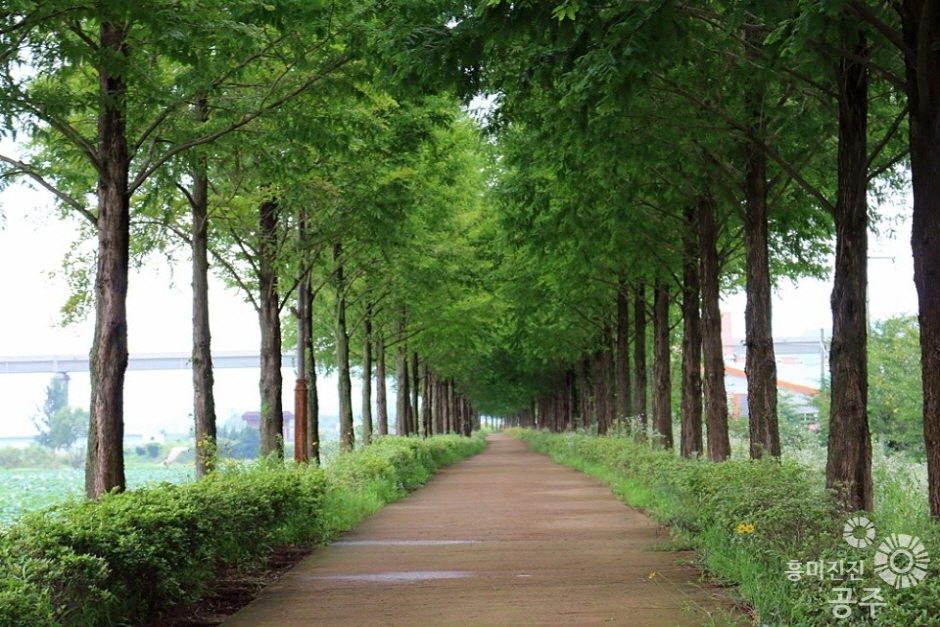
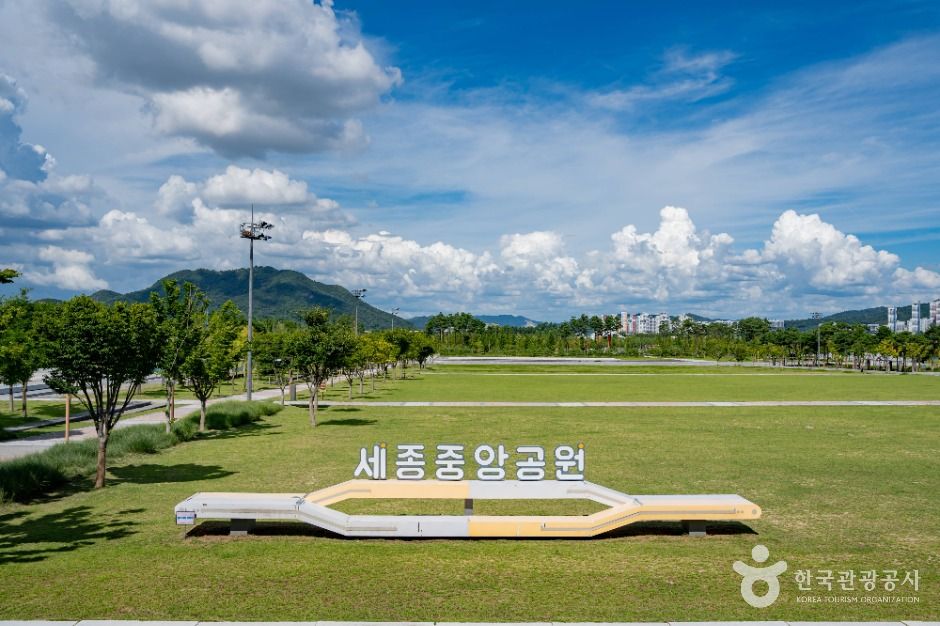
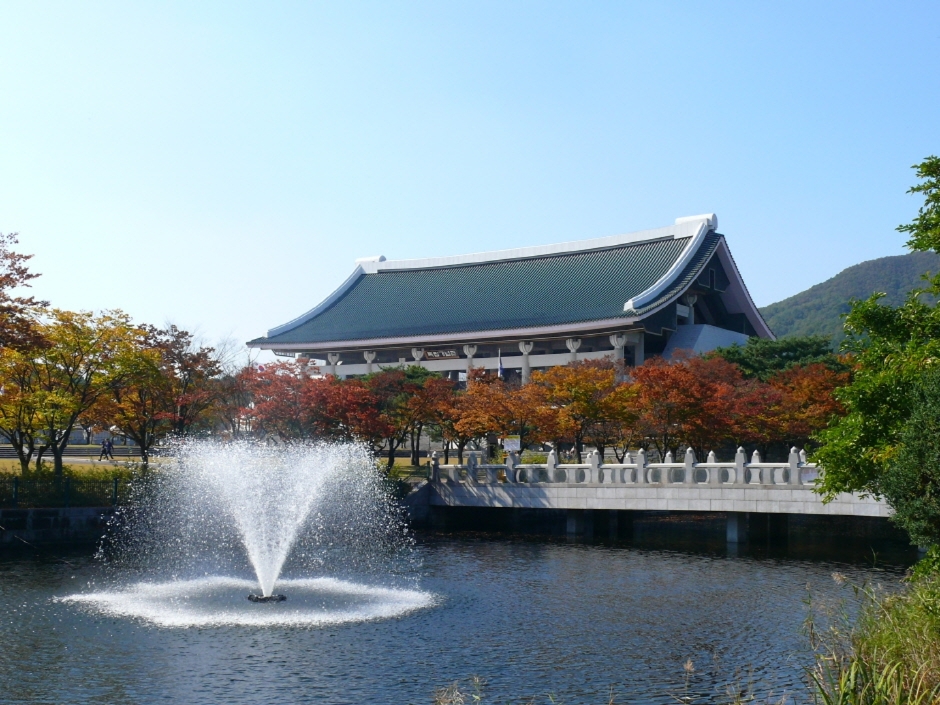

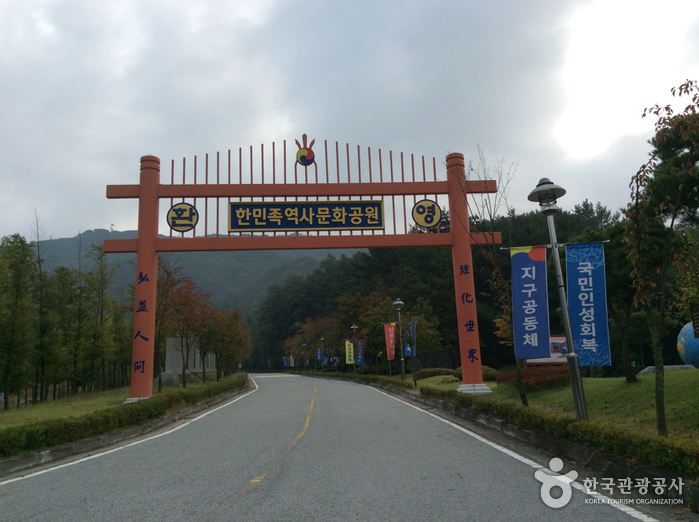
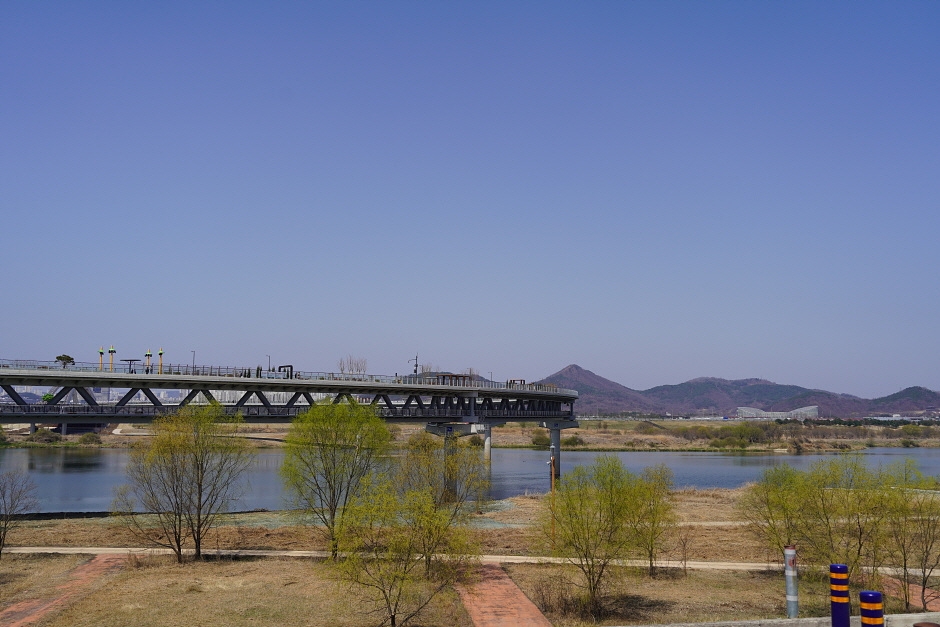
 Español
Español
 한국어
한국어 English
English 日本語
日本語 中文(简体)
中文(简体) Deutsch
Deutsch Français
Français Русский
Русский